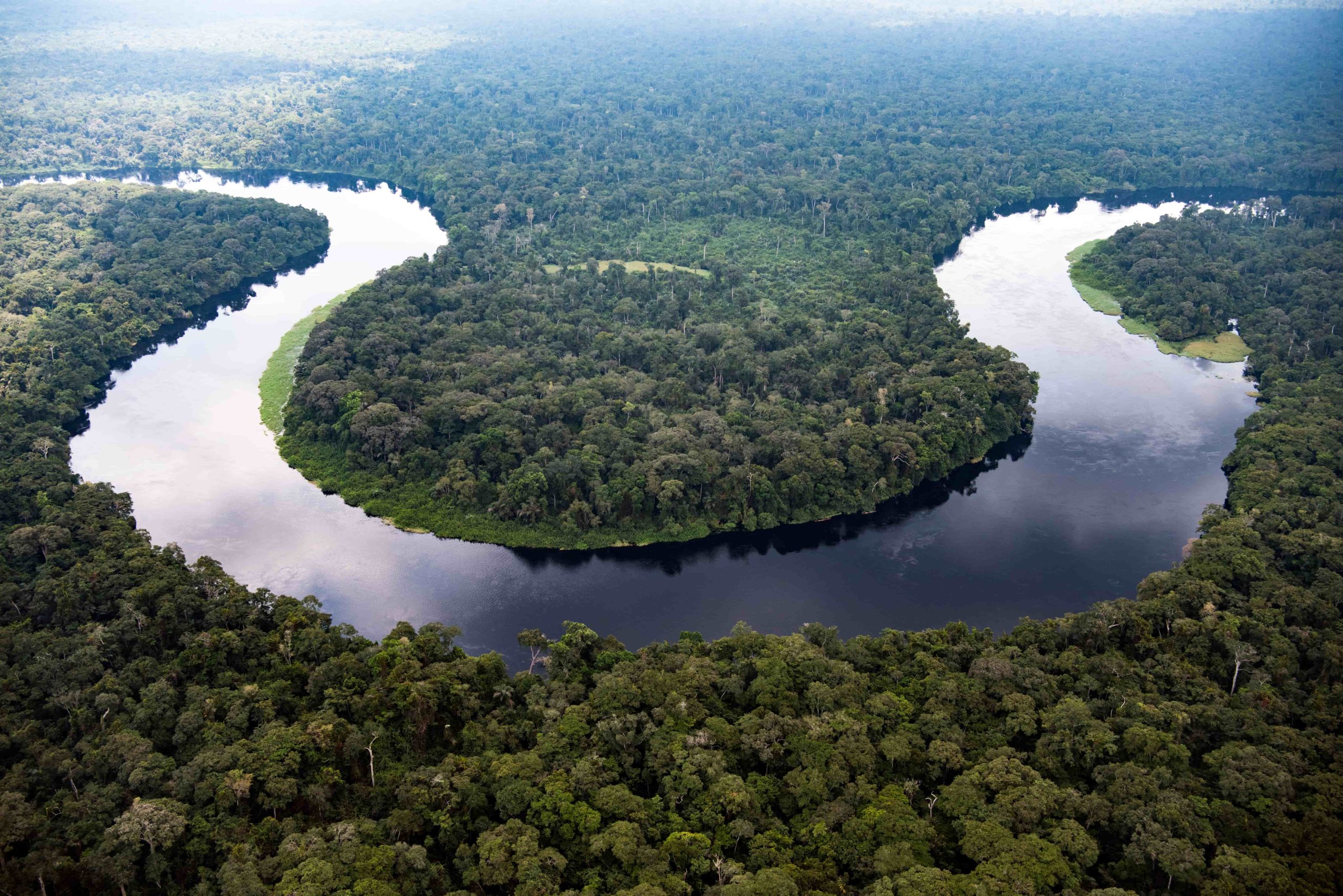Abstract
Primary forest extent, loss and degradation within the Democratic Republic of the Congo (DRC) were quantified from 2000 to 2010 by combining directly mapped forest cover extent and loss data (CARPE) with indirectly mapped forest degradation data (intact forest landscapes, IFL). Landsat data were used to derive both map inputs, and data from the GLAS (Geoscience Laser Altimetry System) sensor were employed to validate the discrimination of primary intact and primary degraded forests. In the year 2000, primary humid tropical forests occupied 104 455 kha of the country, with 61% of these forests classified as intact. From 2000 to 2010, 1.02% of primary forest cover was lost due to clearing, and almost 2% of intact primary forests were degraded due to alteration and fragmentation. While primary forest clearing increased by a factor of two between 2000–2005 and 2005–2010, the degradation of intact forests slightly decreased. Fragmentation and selective logging were the leading causes of intact forest degradation, accounting for 91% of IFL area change. The 10 year forest degradation rate within designated logging permit areas was 3.8 times higher compared to other primary forest areas. Within protected areas the forest degradation rate was 3.7 times lower than in other primary forest areas. Forest degradation rates were high in the vicinity of major urban areas. Given the observed forest degradation rates, we infer that the degradation of intact forests could increase up to two-fold over the next decade.

